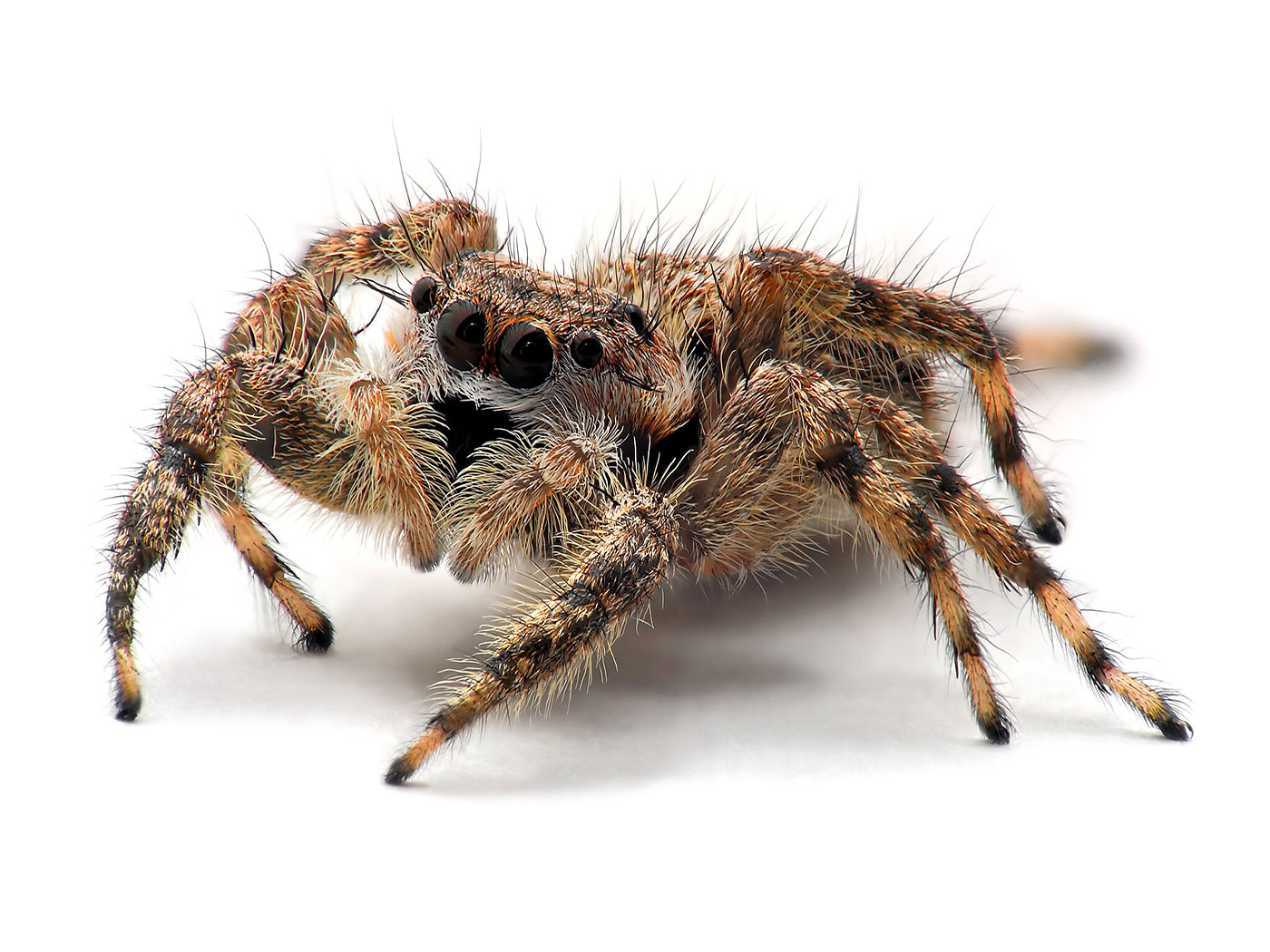A recent press release from a prominent European research group started off with this amazing proclamation: “A new study from Karolinska Institutet shows that the ‘grammar’ of the human genetic code is more complex than that of even the most intricately constructed spoken languages in the world.”1 Such a statement could not be more true or refreshing. The evolution-dominated research community consistently downplays the overwhelming evidence of intelligent design found in the human genome.
Many different languages exist in the genome, just as many different computer languages exist on your computer. They all work together to provide meaning, context, and function to the physical hardware of the system.2 Without information expressed in programming languages, your computer would be nothing but an expensive paperweight. Complex encoded information with syntax, grammar, structure, and rules are required to run complex systems.
This new research, recently published in the prestigious journal Nature, began, “The set of rules by which a DNA sequence can be converted into knowledge of spatial and temporal expression patterns of a protein has been difficult to decipher.”3 Only one thing in our human sphere of understanding even comes close to the genome’s linguistic complexity and that is the variety of high-level computer programming languages. But even these elaborate programming languages don’t really compare since code in the genome contains information in both forward and reverse, code that overlaps other code, three-dimensional code, and many other mind-bending linguistic complexities.2 Human written code goes in one direction, one word or character at a time.
In this recent study, researchers analyzed transcription factors and small portions of sophisticated vocabulary in the genome that specify the binding of different types of regulatory proteins.3 These proteins regulate genes. The team was especially interested in the different combinations of transcription factors that bind cooperatively in a gene-controlling region. Because of the limitations of current technology, they could only evaluate two transcription factor combinations at a time. But they analyzed 9,400 different binding interactions and the order of nucleotides (DNA sequences) that controlled them.
Consider the set of sequences that bind transcription factors to the DNA as a pair of words. Instead of simply deleting the space between two words to form a new, larger word, as in human languages, the system in the genome is totally different. In the genome, the individual words join together so that two transcription factors (proteins) will cooperatively bind in the same place and develop compound words through the three-dimensional altering and interaction of the DNA molecule. This process creates a new collection of larger words that are not immediately obvious when looking at the two-dimensional linear arrangement of the DNA bases. By studying the physical binding of the transcription factors in many different combinations, the researchers uncovered yet another highly complex language. They also unexpectedly found that DNA itself is just as involved in facilitating the binding process as the proteins themselves.
If complex information like this is so difficult to understand and decipher—even for highly educated humans with generous amounts of time and money—why do people find it hard to believe that an omnipotent, all-knowing Creator God engineered these marvelous genetic languages from the beginning? Clearly, we have only just begun to unravel the mysteries of the genome, and further discoveries will only glorify our great God.
References
- Sternudd, K. Complex grammar of the genomic language. Karolinska Institutet. Posted on ki.se/en/news on November 9, 2015, accessed December 4, 2015.
- Tomkins, J. 2015. Extreme Information: Biocomplexity of Interlocking Genome Languages. Creation Research Society Quarterly. 51 (3): 187-201.
- Jolma, A. et al. 2015. DNA-dependent formation of transcription factor pairs alters their binding specificity. Nature. 527 (7578): 384–388.
* Dr. Tomkins is Research Associate at the Institute for Creation Research and received his Ph.D. in genetics from Clemson University.














